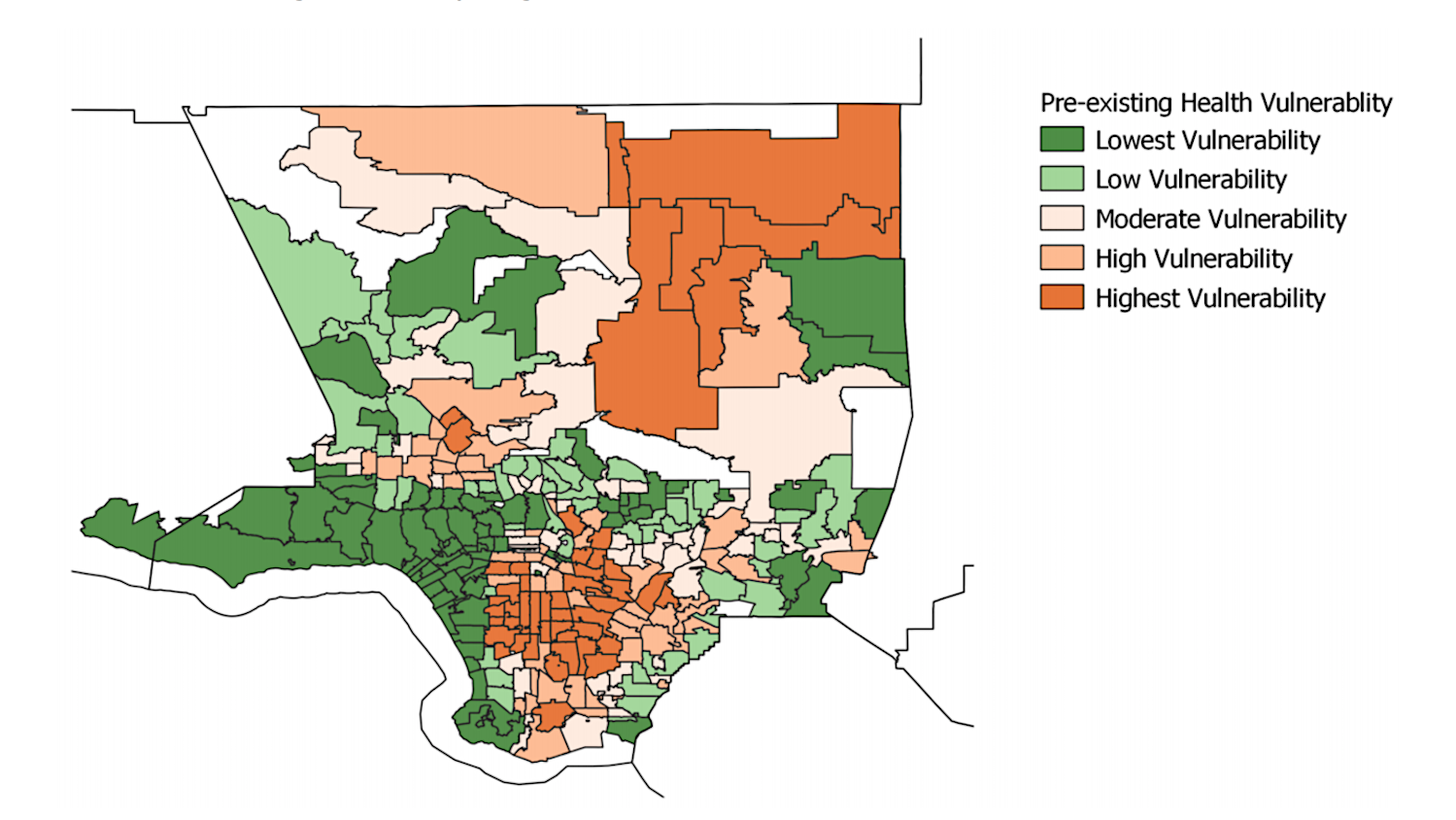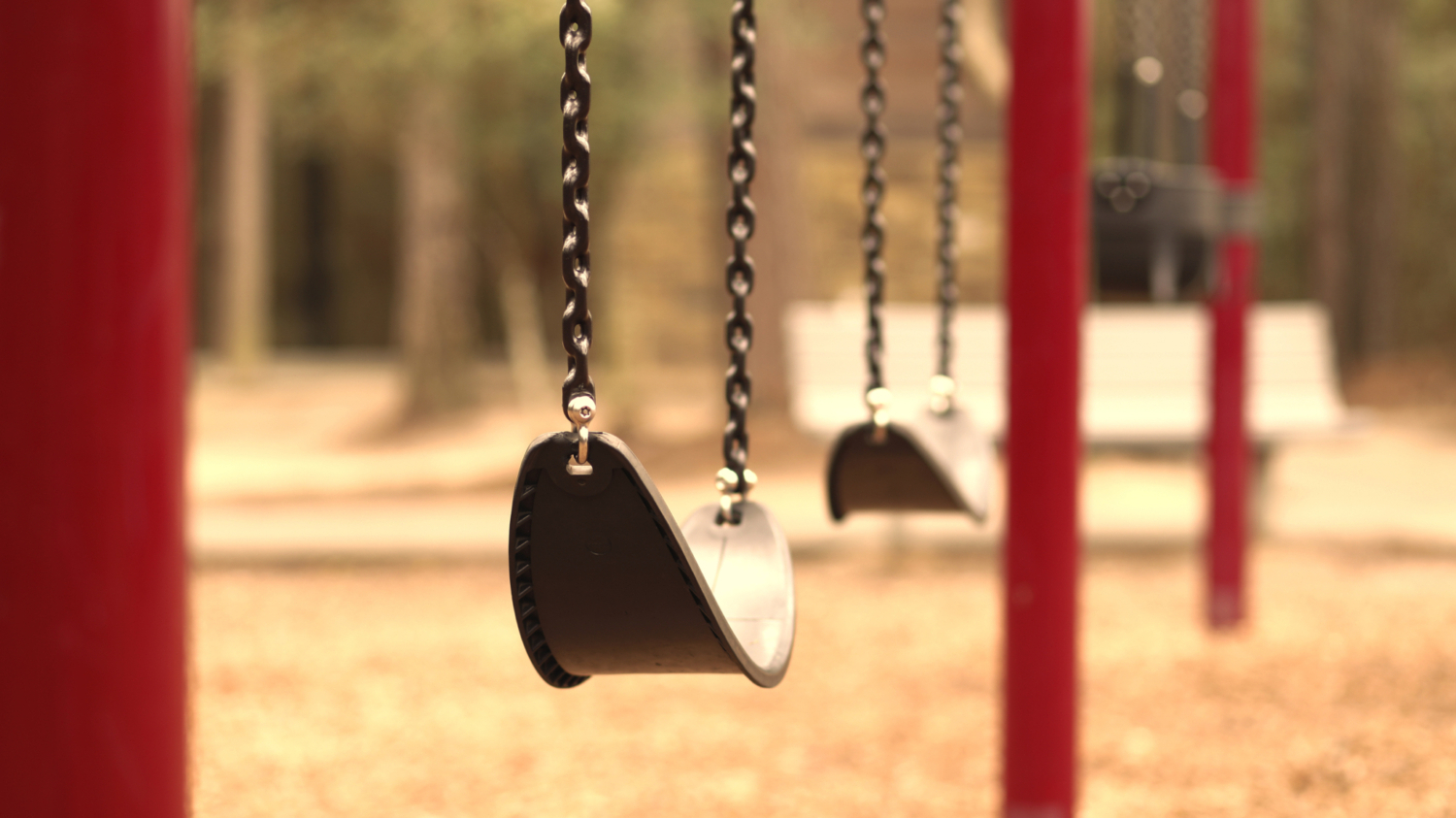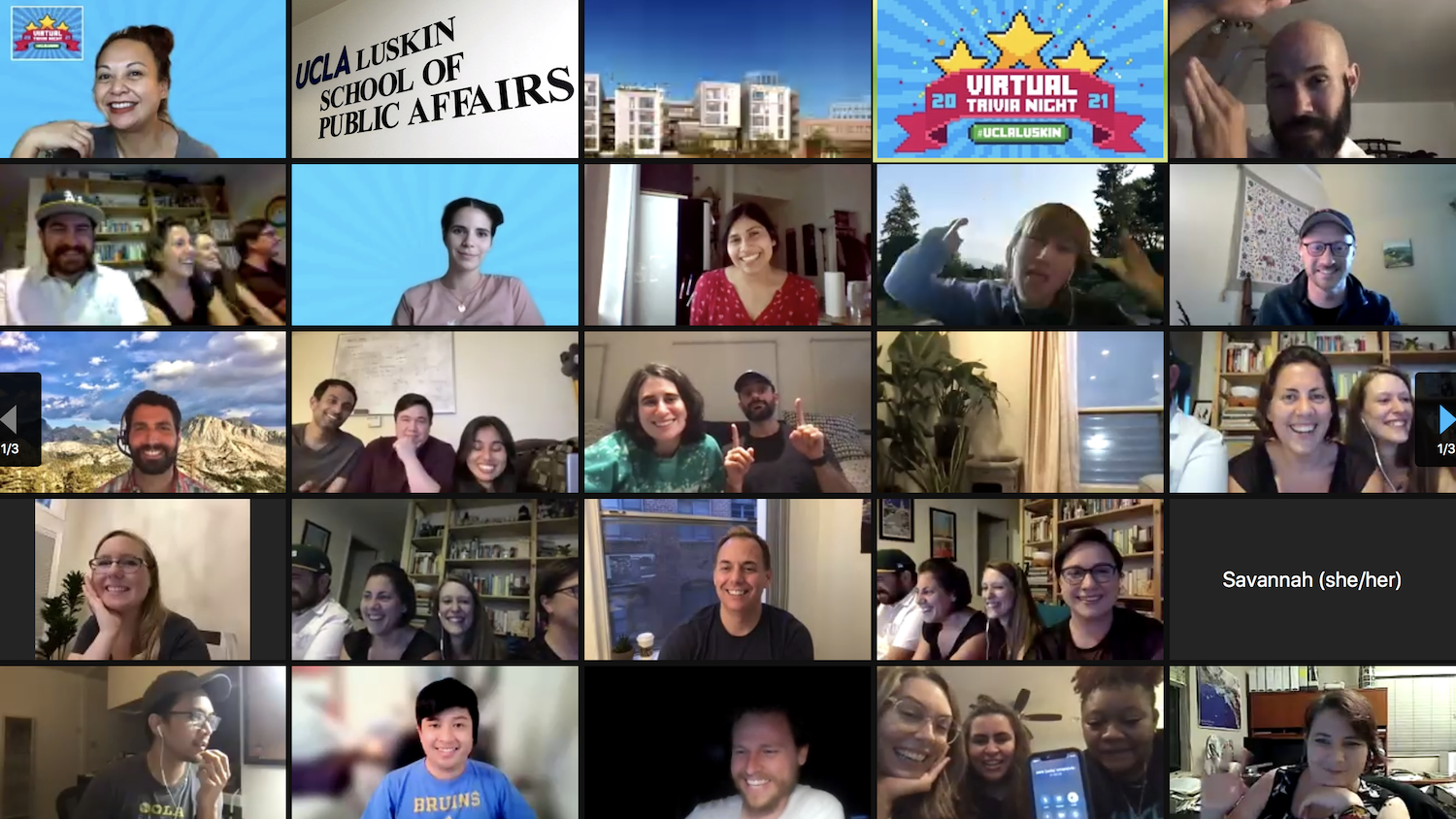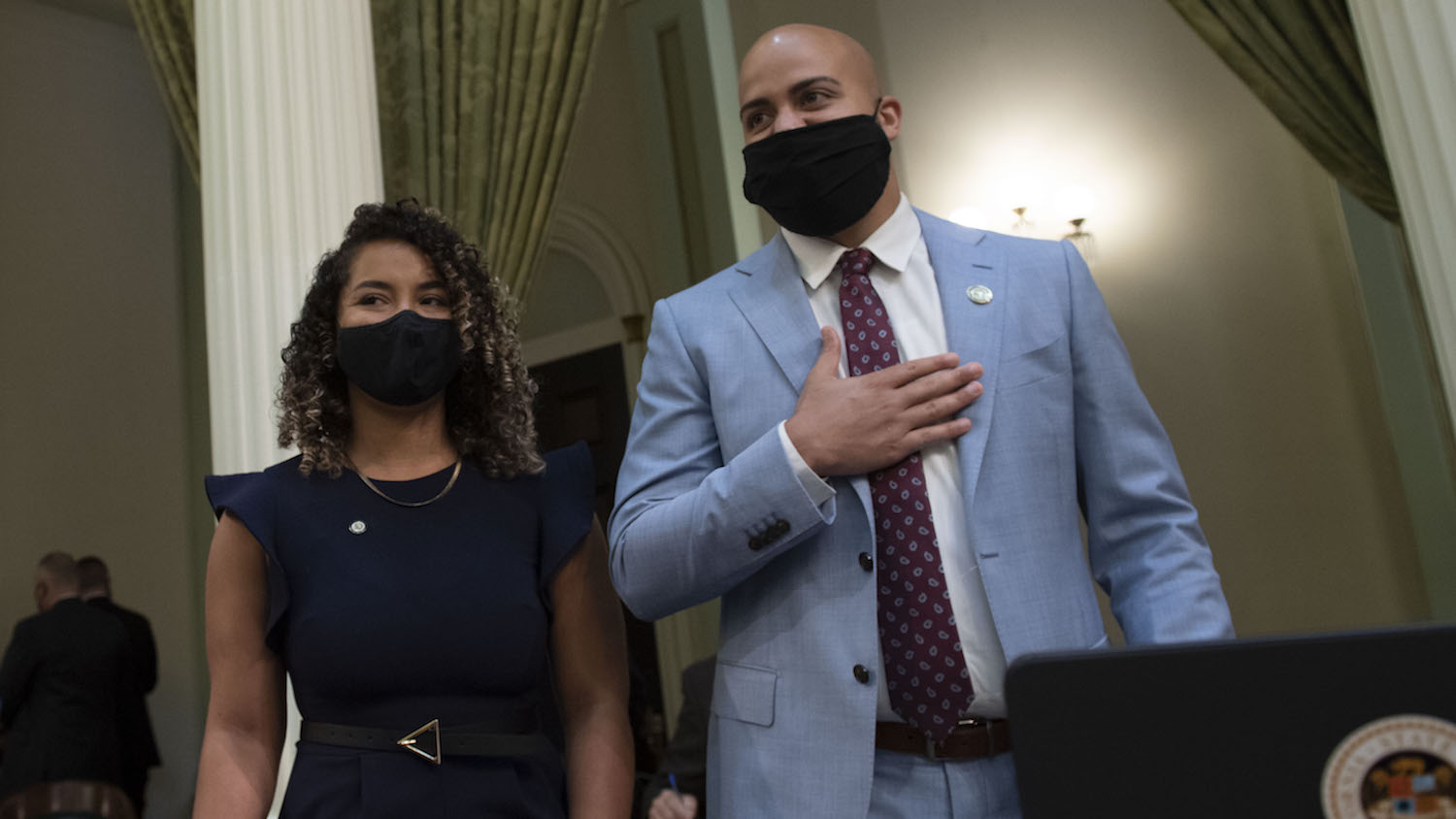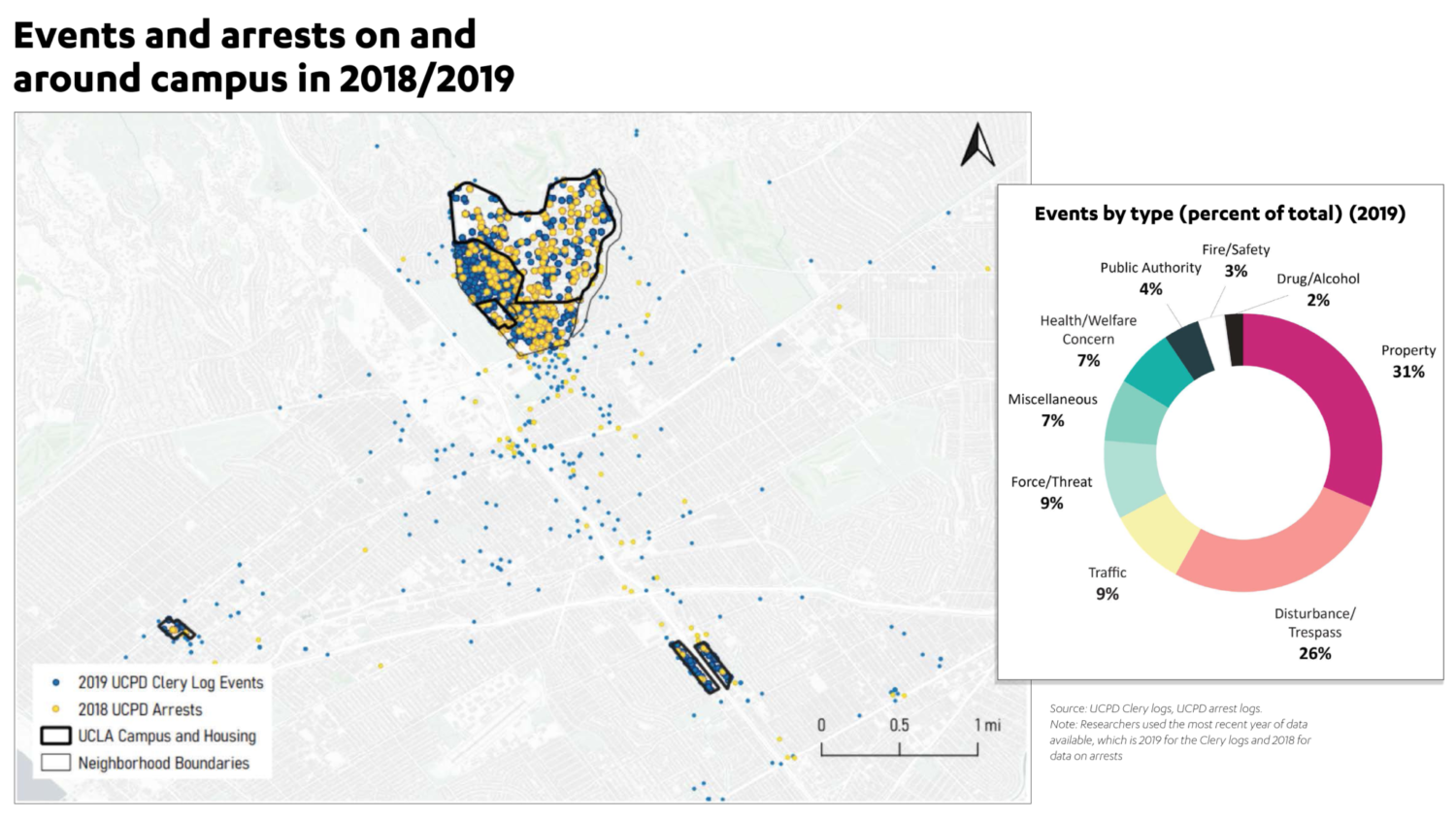UCLA Model Identifies Neighborhoods Still at Risk as L.A. Reopens
A UCLA team has developed a predictive model that pinpoints which populations in which neighborhoods of Los Angeles County are most at risk from COVID-19 and, by extension, which should be prioritized for vaccines. The research – COVID-19 Medical Vulnerability Indicators: A Predictive, Local Data Model for Equity in Public Health Decision Making – is published in the peer-reviewed International Journal of Environmental Health. With more than 10 million residents, Los Angeles County has a larger population than 41 U.S. states. While many have been vaccinated, others in neighborhoods and communities at high risk of COVID-19 must be reached to fully re-open Los Angeles County, the authors said. The model maps the county neighborhood by neighborhood, based on four indicators known to increase an individual’s vulnerability to COVID-19 infection: preexisting medical conditions, barriers to accessing health care, built-environment characteristics and socioeconomic challenges that create vulnerabilities. The research data demonstrate that neighborhoods characterized by significant clustering of racial and ethnic minorities, low-income households and unmet social needs are still most vulnerable to COVID-19 infection, specifically areas in and around South Los Angeles and the eastern portion of the San Fernando Valley. Communities along the coast and in the northwestern part of the county, which have more white and higher-income residents, were found to be the least vulnerable. The study was co-authored by Professor Paul Ong, Chhandara Pech and Nataly Rios Gutierrez of the Center for Neighborhood Knowledge at UCLA Luskin and Vicky Mays, a professor with the UCLA Fielding School of Public Health and UCLA College.
Brain Teasers and Belly Laughs at Virtual Trivia Night 2.0
Continuing a longstanding Luskin School tradition of closing out the academic year with a spirited competition, students, alumni, faculty and staff came together to test their knowledge of pop culture and arcane UCLA facts at Virtual Trivia Night 2.0. Alumni turned out in force, making up more than half the total participants, said Tammy Borrero, UCLA Luskin’s director of events. With COVID-19 precautions in place, the May 27 contest again took place on a digital platform, and some participants gave a nod to the times we live in with team names such as “Nerd Immunity” and “None the Pfizer.” The top prize in the individual competition went to U.S. Foreign Service Officer Jason Vorderstrasse, UCLA’s diplomat in residence for the 2021-22 academic year. Public Policy students and alumni made up the top-scoring team, giving the department an edge in overall standings since the tradition began in 2013. The winners earned cool prizes, bragging rights and their names emblazoned on the UCLA Luskin Quiz Bowl trophy.
Team Competition Winners
- First Place: La Croix Taste Test Troix (Adam Barsch ’20, Jess Bendit, Rosie Brown, Dickran Jebejian ’20, Erica Webster ’19), Public Policy
- Second Place: Public Private Partnership (Ma’ayan Dembo ’20, Katherine Stiegemeyer ’20, Spike Friedman ’20, Lupita Huerta ’20, Peter Garcia ’20), Urban Planning
- 3rd Place: The Public Affairs Bears Quaran-Team (Justin De Toro, April Michelle Enriquez, Erika Villanueva, Kevin Medina, Jocelyn Guihama), Undergraduate Program
Individual Competition Winners
- First Place: Jason Vorderstrasse, Public Policy Diplomat in Residence
- Second Place: Lance MacNiven, Urban Planning ’16
- Third Place: Austin Mendoza, Undergraduate Program
Team departmental standings over the years:
- 2013: Urban Planning
- 2014: Public Policy
- 2015: Urban Planning
- 2016: Public Policy
- 2017: Social Welfare
- 2018: Public Policy
- 2019: Social Welfare
- 2020: Social Welfare and Urban Planning
- 2021: Public Policy
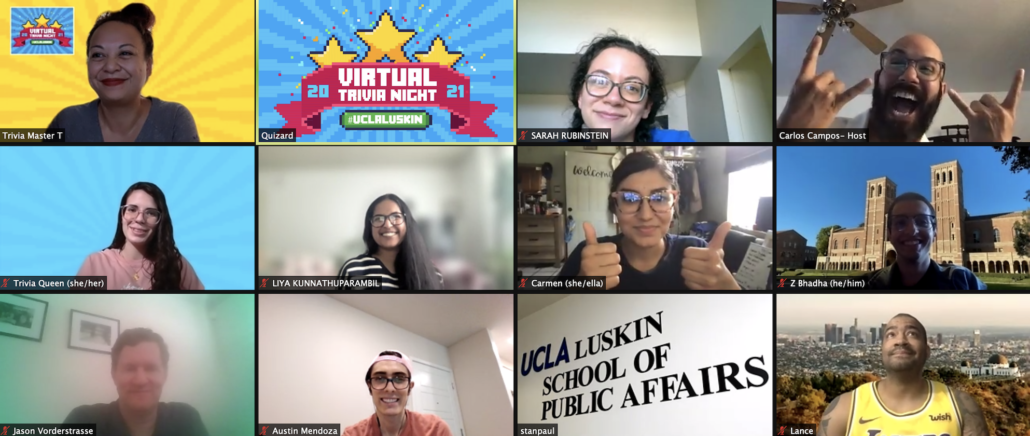
Contestants compete for cool prizes and bragging rights at the individual trivia competition.
Isaac Bryan MPP ’18 Elected to California Assembly
Isaac Bryan MPP ’18 is the newest member of the California Assembly. Bryan took his seat May 28 after winning a special election to represent the state Legislature’s 54th District, which includes Westwood, Culver City, Baldwin Hills and parts of South Los Angeles. “I didn’t get here by myself. I carry with me the passion, the dreams and the hopes of an entire community,” Bryan said after he was sworn in by Assembly Speaker Anthony Rendon. Bryan most recently served as the public policy director of the UCLA Ralph J. Bunche Center for African American Studies. In 2020, he co-chaired the campaign for Measure J, which allocates nearly $1 billion of Los Angeles County’s annual budget to address racial injustice through community investments and alternatives to incarceration; the measure passed with 57% of the vote. While at UCLA Luskin, Bryan was named a David Bohnett Foundation Fellow in the office of Los Angeles Mayor Eric Garcetti and also worked with the Bunche Center’s Million Dollar Hoods research project, which documents the fiscal and human costs of mass incarceration in Los Angeles. In a UCLA Luskin profile, Bryan shared glimpses of his personal journey to becoming an advocate for criminal justice — and now, at age 29, the elected representative for the community surrounding UCLA. “Los Angeles, in my mind, is the city for innovation, the city for trying new things, and if you can solve a problem in Los Angeles, you can take it everywhere else,” Bryan said in a video accompanying the profile.
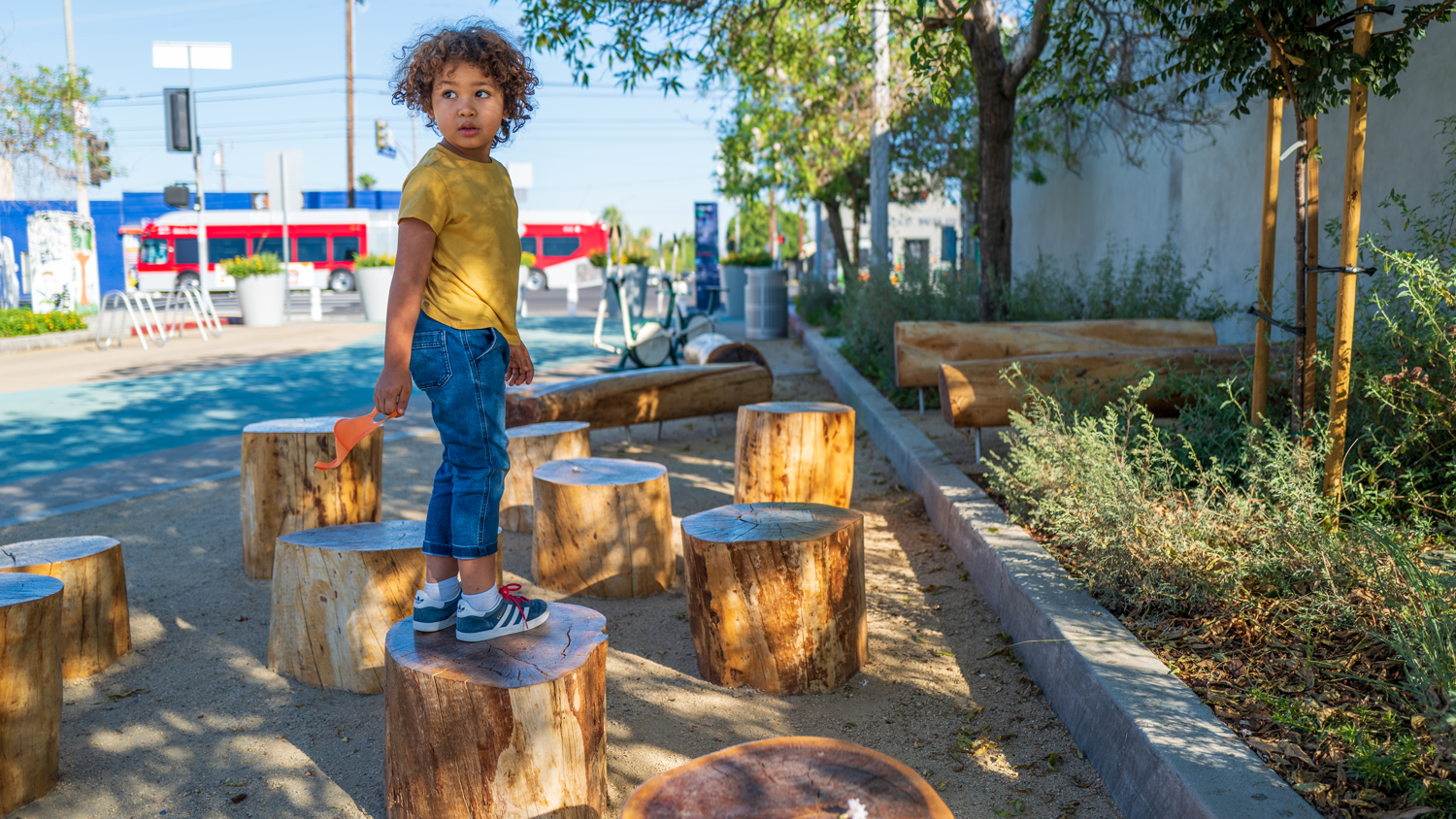
Transformative Climate Communities Built Resilience During Pandemic, Studies Find
New reports from the UCLA Luskin Center for Innovation show that the local knowledge, partnerships and established trust that underlie Transformative Climate Community (TCC) partnerships have allowed them to identify changing needs and respond quickly during the pandemic. These responses were bolstered by government-funded community engagement plans that offer leadership opportunities that tackle community goals around climate action and resiliency. TCC was established by the California Legislature in 2016 to provide funds to the state’s most disadvantaged communities while simultaneously reducing pollution, strengthening the local economy and improving public health through community-based projects. Cap-and-trade dollars have funded the first three rounds of the program under the direction of the California Strategic Growth Council, and Gov. Gavin Newsom’s current budget proposal includes $420 million for TCC implementation and planning grants over three years. The latest round of reports by UCLA document the progress of TCC grants in four sites: Fresno, Ontario, Watts/South L.A. and Northeast Valley L.A. A fifth site, Stockton, will soon be added to UCLA’s TCC evaluation cohort. “We can learn a lot from these five living laboratories for holistic climate action,” said Professor JR DeShazo, principal investigator on the ongoing study and director of the Luskin Center for Innovation. “It’s impressive,” said Jason Karpman MURP ’16, project manager of UCLA’s TCC evaluation. “During a year when so much has come to a halt, these initiatives have continued to quickly adapt and meet the needs of residents.”
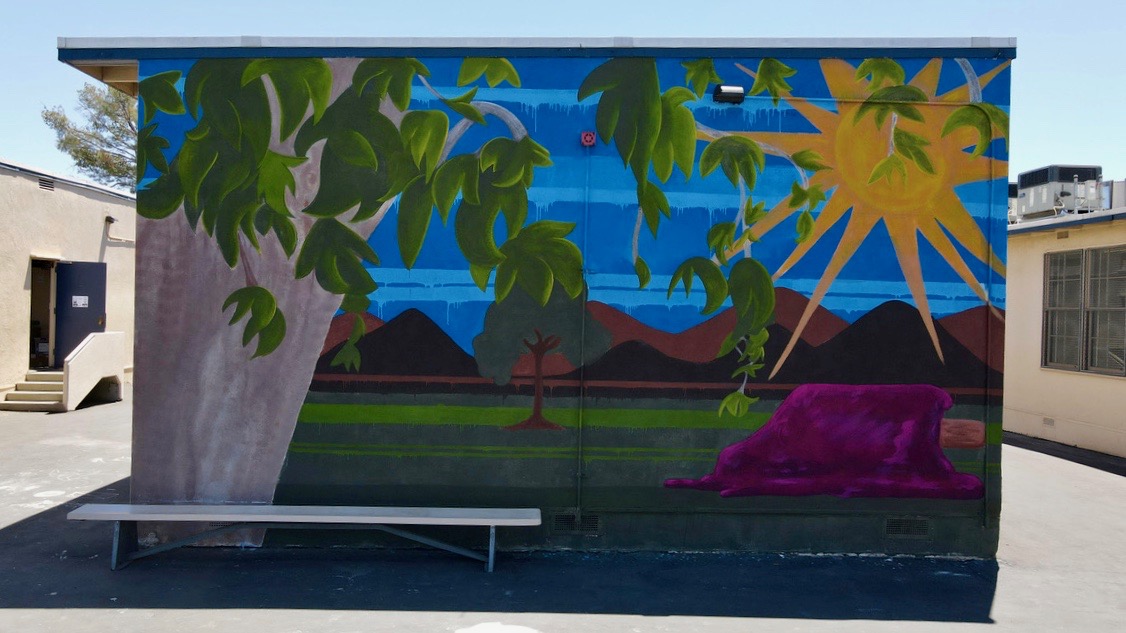
Climate Research Brightens an Elementary School Campus
The research of Urban Planning Assistant Professor V. Kelly Turner has helped to create a colorful gift for the children of Fernangeles Elementary School. A new mural melding art with science, and reflecting inspiration from youth in the community, was installed on the school’s Sun Valley campus this spring. Called “Beat the Heat,” the mural depicts a park with shade trees and a large purple paleta melting under a bright sun — all painted with a solar reflective coating that reduces surface temperatures up to 30%. Turner conducts research into the effectiveness of this coating as a climate change intervention that cities can use to combat the “urban heat island effect.” At Fernangeles Elementary, schoolchildren watched as Turner “took the temperature of the building” with a thermal camera that demonstrated the effect of the cooling paint. Turner then used the camera to measure the heat signatures of walls, the ground and a picnic table on campus, giving the students a real-world lesson in climate science. Artist Kristy Sandoval designed and painted the mural based on ideas conceived by youth from the environmental justice nonprofit Pacoima Beautiful. Mural collaborators include Dora Frietze-Armenta, Yesenia Cruz, Nicole Martinez, Diego Ortiz and Veronica Padilla of Pacoima Beautiful; Fernangeles Elementary Assistant Principal Carolina Gonzales; art historian Lizy Dastin; and Creative Paving Solutions, which manufactured the solar-reflective paint. The mural is the second spearheaded by Turner as part of a “green intervention” aimed at starting a conversation about climate change. The first, a massive rendering of the Greek god Zeus, was installed in South Los Angeles in 2019.
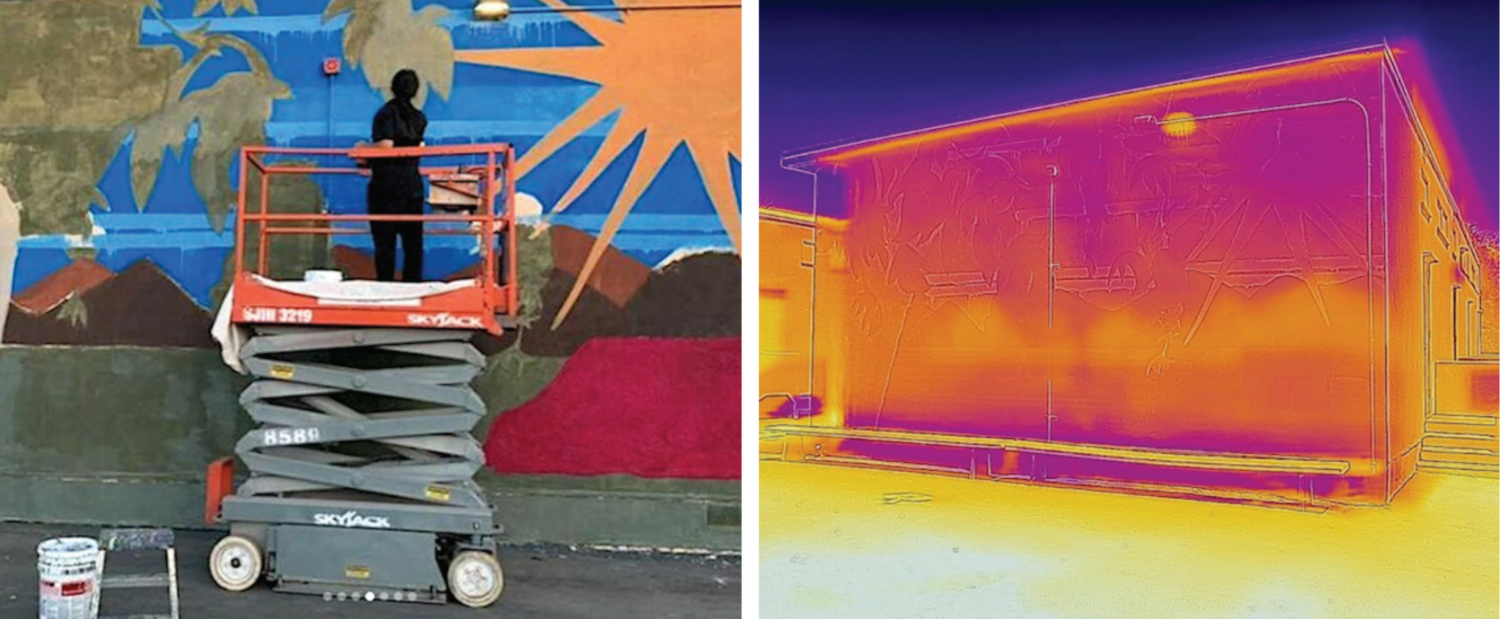
At left, artist Kristy Sandoval paints the image she designed with inspiration from youth who were asked how they like to keep cool. At right, an infrared image shot by Urban Planning Assistant Professor V. Kelly Turner shows hotter surfaces, including a metal bench, in yellow and cooler surfaces in purple.
Researchers Analyze Incidents Involving UCLA Police
Property-related incidents are the most frequent type of police-related event at UCLA, followed closely by incidents involving people whose presence or behavior is deemed disruptive or out of place, without any indication of violence, according to a new report from the UCLA Lewis Center for Regional Policy Studies and the UCLA Luskin Institute on Inequality and Democracy. The study examines police activity at UCLA based on data compiled in compliance with the Clery Act, which requires public disclosure by the Police Department at UCLA regarding the nature, date, time and location of incidents, as well as their disposition status or outcome. The researchers use maps and charts to visualize Clery Act data relating to events involving police, plus some fire department responses, in 2014 and 2019, with supplemental information focusing on arrests by the UCPD in 2018, the most-recent information available. Less than 10% of events involve force or threat of violence, they found, and data maps reveal that a substantial amount of UCPD activity and arrests occur off-campus, mostly in the greater Westwood area but also farther afield. Paavo Monkkonen, associate professor of public policy and urban planning at UCLA Luskin, helped oversee the study, working with Noah D. Zatz and Jennifer M. Chacón, professors of law at the UCLA School of Law, and Alejandra A Martinez, an undergraduate research assistant at the Lewis Center who studies economics and was the lead author. Their report also found that more than 80% of reported police activity during the study periods did not result in follow-ups for any asserted or possible crime.
